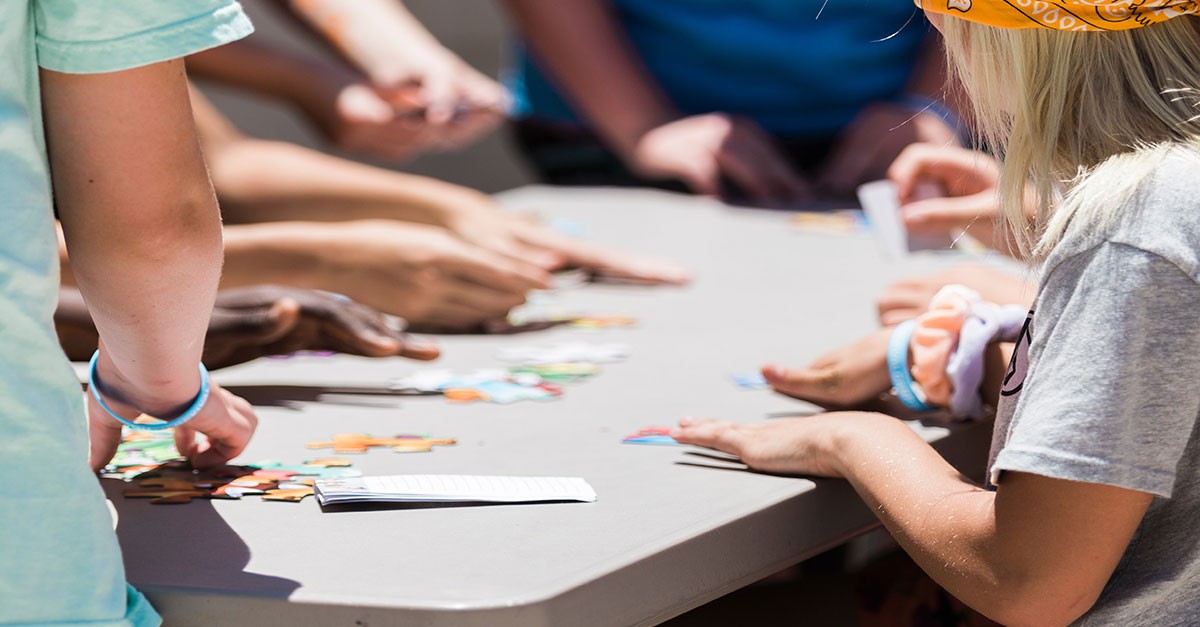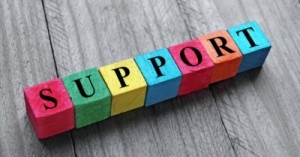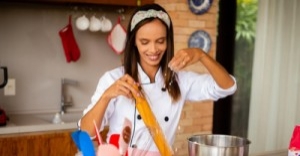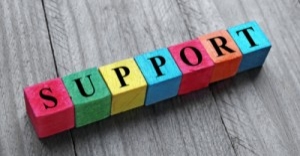The open playroom concept is to provide a more flexible approach for children to empower them to make self-decisions as much as possible. Ruth Harper, Education Lead at EastWest Childcare and Kindergarten in Fitzroy, Victoria said that sometimes the concept of an open classroom is misjudged and it keeps changing with the pedagogy. Ruth says, children are being allowed to take decisions by themselves but depending on “which equipment they engage with when they eat and rest, and who they play with. It’s all about us meeting children where they are at.”
EastWest provides services to multi-age, indoor/outdoor programs for more than years. This activity, where children are able to move freely and can act in the activities with an agency started 5 years ago.
Ruth says, “We realised that when you factor in lunch and snack times, rest time, storytime, and so on, there wasn’t much space left in the daily routine for uninterrupted exploration and discovery; not much time for flow” and “The switch to a less timetabled day started with us taking a flexible approach to morning tea and afternoon tea, this was then expanded to include flexible sleep and rest times. It probably took us three years to switch to a fully flexible approach,”
Ruth says it took 18 months to complete the setup and to buy every required stuff. Though children quickly embraced it. In the beginning, some people were worried that children might not be able to eat properly, might not be able to manage daily necessities, and/or might not learn the communal aspects of a shared lunchtime.
Ruth says children are very smart and manage themselves very well and also make prominent decisions about what exactly they want or they do not want. According to Ruth, “Children are so smart, and we don’t give them enough credit or opportunities to show us! In my experience children are more than capable of managing themselves and making decisions about what they want to do and when.”
She also said that children seem very happy and interested in this process of learning. Ruth said a good and stable relationship with children is the key aspect to maintaining a flexible approach in their daily lives. She says it is very important to know each child very closely to understand their requirement such as when to promote drinking water on a hot day when to promote having a meal etc Ruth said they mainly aimed to make the children understand their bodily cues. Ruth says that they never prompt what to do but rather give clues to take the decision by them. For example, if a child is wearing a jumpsuit on a hot day, they say to children how hot is today! Your face is red! What does your body feel now to do to comfort you? And let them choose the activity for them.
In Ruth’s EastWest, she fought for the term “facilitator”, not the “teacher”. The teacher will help you in educating in a specific manner but the facilitator will help you to find out the answer to a question in various ways.
So, in Eastwest it is the facilitator, not the teacher. “We’ve been making cutting-edge changes to our educational pedagogy and daily practice for more than 21 years. These changes inform our training, and the training informs future changes,” said Ruth
So, we can say, the “open classroom” concept is a program that enhances each child’s learning and development. The facilitator facilitates each child’s development. Children have ample chances to make their own decisions.
Reference:
Setting Up An Open Playroom - Why It's Not About The 'Things'







 On 10 December 2025, the Fair Work Commission issued a major determination affecting the Children’s Services Award 2010 (MA000120). These changes form part of the
On 10 December 2025, the Fair Work Commission issued a major determination affecting the Children’s Services Award 2010 (MA000120). These changes form part of the Over the next five years, educators across the sector will see steady, structured wage increases designed to lift pay to the new benchmark rates for
Over the next five years, educators across the sector will see steady, structured wage increases designed to lift pay to the new benchmark rates for The Fair Work Commission has introduced important changes to how cooks are classified and paid under the Children’s Services Award 2010. These changes recognise that
The Fair Work Commission has introduced important changes to how cooks are classified and paid under the Children’s Services Award 2010. These changes recognise that At the centre of this case is an incident captured on CCTV at an early learning service in Bathurst, where 18‑year‑old educator Hayley Kelleher grabbed
At the centre of this case is an incident captured on CCTV at an early learning service in Bathurst, where 18‑year‑old educator Hayley Kelleher grabbed